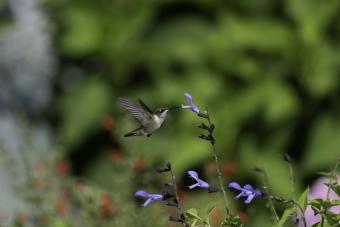
Engage Your Eyes With Bright Florals

Use Plants With High Contrast

Choose Plants With Multiple Colors

Create Balance With Plants of Various Heights

Breathe in Beneficial Scents

Create a Scent Experience With More Than Plants

Conduct a Symphony of Sounds

Attract Wildlife to Encourage Sounds

Tap Into Your Senses With Touch

Don't Forget Taste

Find Calm & Comfort in Your Sensory Garden

© 2025 LoveToKnow Media. All rights reserved.







